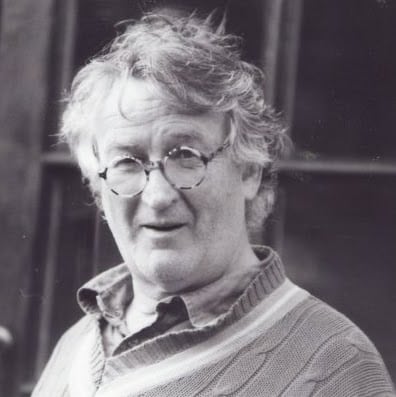[dropcap style=”font-size:100px;color:#992211;]J[/dropcap]eremy Corbyn, in a sensible moment, commented that he would not be willing to press the button that would unleash Britain’s nuclear forces – called a deterrent, so as not to upset the children. That seems right but it places a huge responsibility upon other nations and their governments to keep us away from the devastation their nasty weaponry might wreak.
But in the battle between the quiff and the short-back-and-sides, it’s not clear that South Korea, Japan, Guam, Canada and Mexico could remain safe. Like all else in politics, it depends upon which way the wind blows. Anyone sufficiently worried about their safety and that of their loved ones might wonder what are the odds on a thermonuclear war in 2018. Surely they have shortened in the last year.
Against this abhorrent possibility, there is welcome new research that purports to show that pushing a button is not as easy as it might first appear.
A London bookmaker has written a pierce providing the odds if you are at all interested. That article, by Long Shot (surely that’s not his real name) informs us of the odds and gives us the runners and riders.
______________________________________________________________
Pressing a button is more challenging than appears – A new theory improves button designs
Pressing a button appears easy, but the brain needs a probabilistic internal model to control a press.
Pressing a button appears effortless and one easily dismisses how challenging it is. Researchers at Aalto University, Finland, and KAIST, South Korea, created detailed simulations of button-pressing with the goal of producing human-like presses.
“This research was triggered by admiration of our remarkable capability to adapt button-pressing”, tells Professor Antti Oulasvirta at Aalto University. “We push a button on a remote controller differently than a piano key. The press of a skilled user is surprisingly elegant when looked at terms of timing, reliability, and energy use. We successfully press buttons without ever knowing the inner workings of a button. It is essentially a black box to our motor system. On the other hand, we also fail to activate buttons, and some buttons are known to be worse than others.”
Previous research has shown that touchbuttons are worse than push-buttons, but there has not been adequate theoretical explanation.
Buttons have been historically neglected
“In the past, there has been very little attention to buttons, although we use them all the time” says Dr. Sunjun Kim. The new theory and simulations can be used to design better buttons.
“One exciting implication of the theory is that activating the button at the moment when the sensation is strongest will help users better rhythm their keypresses.”
“Impact Activation”
To test this hypothesis, the researchers created a new method for changing the way buttons are activated. The technique is called Impact Activation. Instead of activating the button at first contact, it activates it when the button cap or finger hits the floor with maximum impact.
The technique was 94% more precise in rapid tapping than the regular activation method for a push-button (Cherry MX switch) and 37% than a regular touchscreen button using a capacitive touch sensor. The technique can be easily deployed in touchscreens. However, regular physical keyboards do not offer the required sensing capability, although special products exist (e.g., the Wooting keyboard) on which it can be implemented.
The technique could help gamers and musicians in tasks that require speed and rhythm.
100 milliseconds
The simulations shed new light on what happens during a button press. One problem the brain must overcome is that muscles do not activate as perfectly as we will, but every press is slightly different. Moreover, a button press is very fast, occurring within 100 milliseconds, and is too fast for correcting movement. The key to understanding button-pressing is therefore to understand how the brain adapts based on the limited sensations that are the residue of the brief press event.
More information:
Project web pages
Aalto University Finland – neuromechanics
Aalto University Finland – impact activation
KAIST interactive media – Target Selection

Ed studied painting at the Slade School of Fine Art and later wrote his PhD in Philosophy at UCL. He has written extensively on the visual arts and is presently writing a book on everyday aesthetics. He is an elected member of the International Association of Art Critics (AICA). He taught at University of Westminster and at University of Kent and he continues to make art.




















